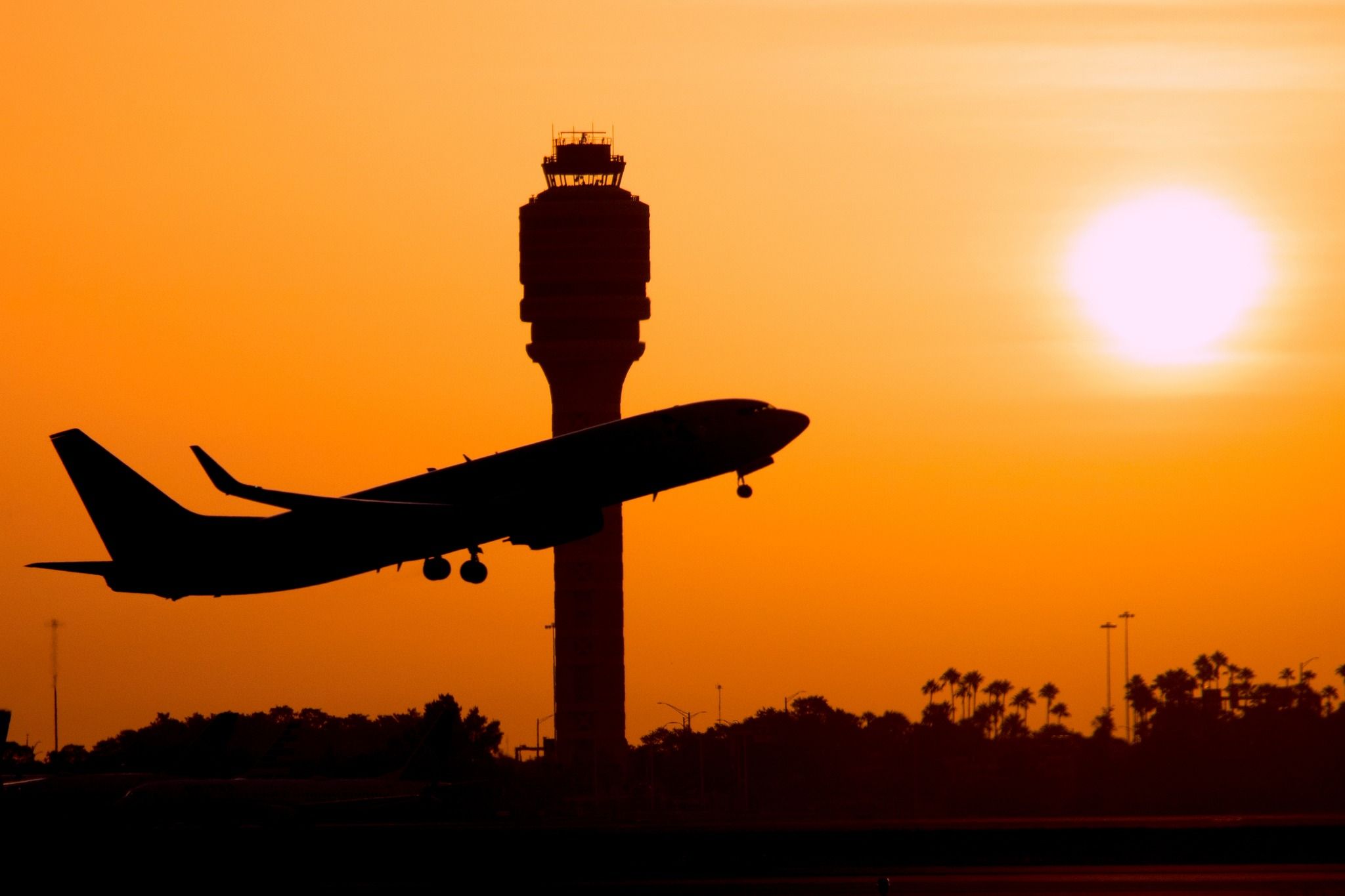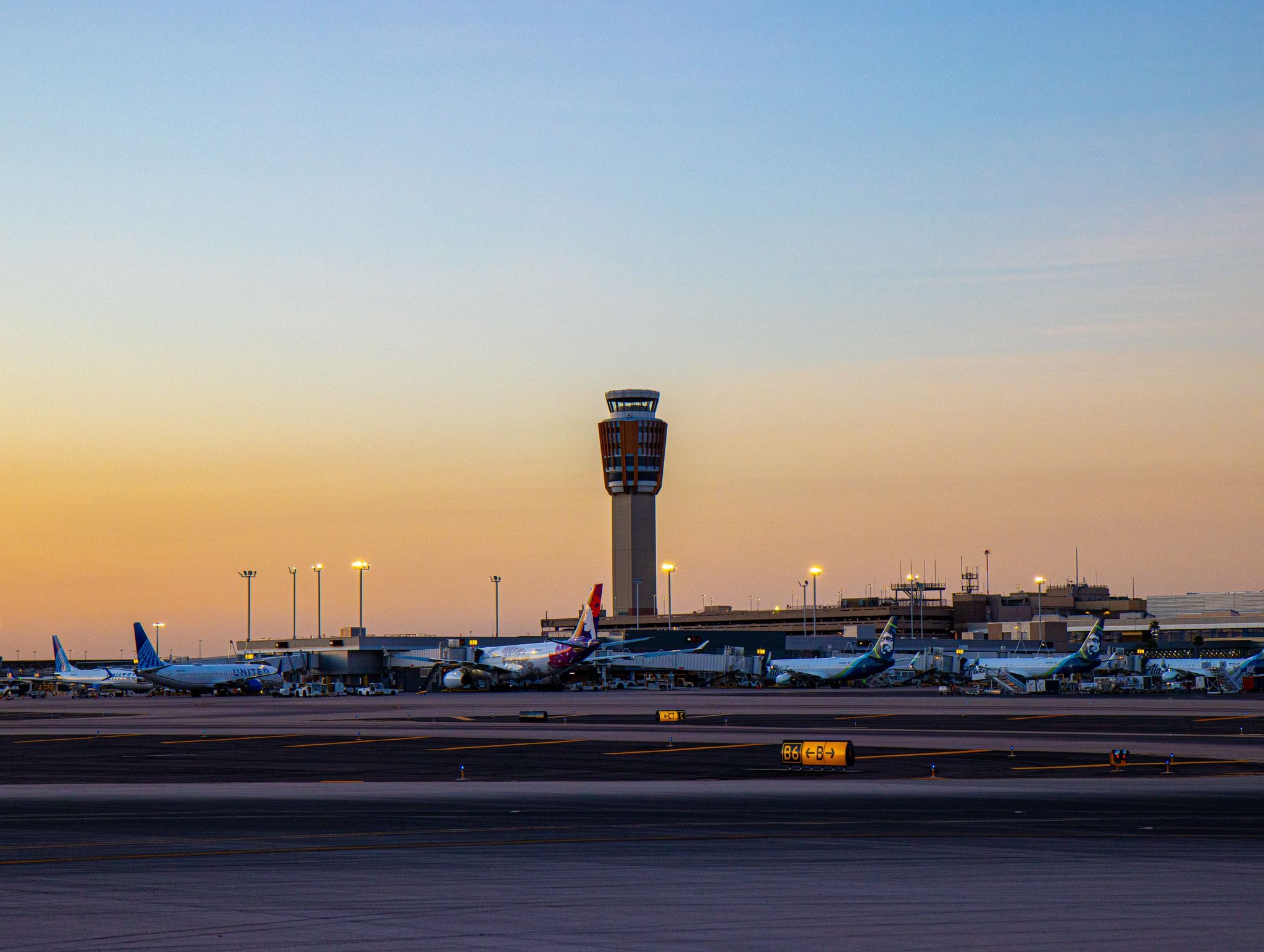Summary
- The Federal Aviation Administration is proposing a rule to increase cockpit voice recording to 25 hours for new aircraft.
- The rule aligns with international regulations and is intended to identify the causes of incidents.
- Multiple close-call incidents this year have prompted the FAA to pledge action on tightening safety protocols.
The Federal Aviation Administration (FAA) announced in late November that it is proposing a rule to increase the cockpit voice recording requirement to 25 hours for new aircraft. The new rule is aimed at gleaning more information on incidents during flights and their cause.
The move comes after the government agency pledged to take action this year to make the skies safer following multiple high-profile close-call incidents at airports around the country. Officials also hope that the extended hours of recording will contribute to preventing future incidents.
Getting more data
If implemented, the rule will align with the International Civil Aviation Organization (ICAO) and European Union Aviation Safety Agency’s (EASA) regulations. Currently, FAA’s regulations only require cockpit voice recorders to retain just two hours of data. The recorders capture all sounds in the cockpit, from transmissions, pilots’ voices, and engine noises.
Photo: Orlando International Airport
FAA Administrator Mike Whitaker commented on the proposed rule on Thursday, November 30th, saying:
“This rule will give us substantially more data to identify the causes of incidents and help prevent them in the future.”
Safety Summit
The agency reportedly “pledged to take action” on increasing the recording requirement earlier this year at the FAA Aviation Safety Summit in March. More than 200 safety leaders from the aviation industry gathered at the event to discuss ways to enhance flight safety. The FAA addressed leaders in commercial and general aviation, labor partners, and others and urged them to inspect their operations while determining new actions that could further enhance safety within the industry.
Breakout sessions at the event focused on commercial operations, the air traffic system, airport and ground operations, and movements within general aviation. On the heels of many near misses, the groups looked at solutions that would tighten existing safety protocols, preventing future occurrences.
In August, the FAA responded to a New York Times report alleging 46 close calls occurred in July alone. Remaining confident in pursuing zero serious close calls, the agency said it welcomes “scrutiny.”
Runway incursions on the decline?
As defined by the US Department of Transportation (USDOT), runway incursions involve the incorrect presence of an aircraft, vehicle, or person in the protected area reserved for the departure and arrival of aircraft. The incidents are caused by operational mishaps linked to action or inaction of air traffic control (ATC) or deviations from pilots, vehicles, and pedestrians.
Photo: Phoenix Sky Harbor International Airport
Last month, the USDOT said approximately 54.4 million takeoffs and landings occurred in the National Airspace System (NAS) throughout fiscal year 2023. More than 1,700 were categorized as runway incursions, with 60% of the incidents attributable to pilot error. Around 20% were caused by ATC action or inaction, and the remaining 20% were blamed on vehicle or pedestrian deviations.
Based on USDOT data, runway incursions have been on a slight downward trend since fiscal year 2022, where there were approximately 33 incidents per one million departures and arrivals. In 2023, 32 incursions were recorded.
“Although the change is modest so far, we are optimistic that our recent and ongoing work and collaboration with industry is bearing fruit and will lead to continued safety improvements in the NAS,” the department explained.
The FAA’s proposed cockpit recorder extension rule will be published in the Federal Register on Monday, December 4th. Thereafter, the public will have about two months to comment on the proposal.



